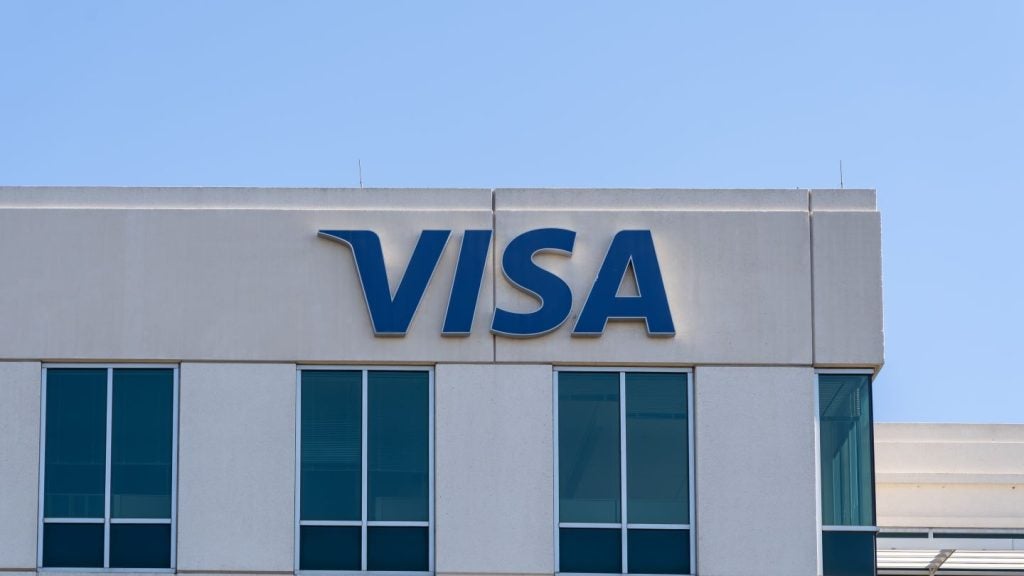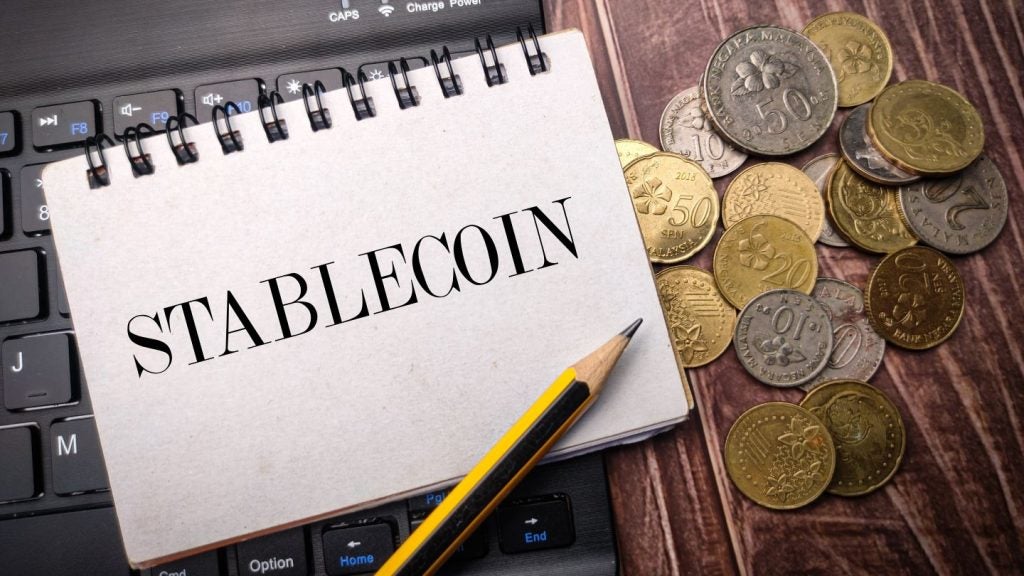In the stunning Milanese Principe di Savoia Hotel, the annual Cards International European Prepaid summit assessed the past and future of prepaid and acknowledged the biggest industry shakers in an evening dinner and awards ceremony. Segmented spending, public transport and corporate prepaid were to the fore, reports Anna Milne
"It’s great to be here in the most important prepaid market in Europe, if not globally," said Greg Sheppard, head of prepaid at title sponsor Visa Europe.
Public transport was put forward as the perfect conduit for prepaid adoption and opportunities. This was reinforced by delegates throughout the day with various endorsements from Vodafone, Banco Popolare and others.
Sheppard gave London’s TfL contactless open-loop endeavour across its transport system as an example of a very successful roll out, and one which other countries across Europe would seek to emulate. It is the perfect method of integration for people who use a public transport system daily. And with systems already being planned in Italy, it may happen sooner rather than later.
"Digital technology and regulation are rapidly transforming. As well as an explosion in e-commerce there has been a re-visit of the mobile wallet as a credible opportunity for mobile payments, with prepaid playing a key role in that. Customers are increasingly making payments through well designed mobile apps; payments they would previously have made face-to-face," said Sheppard.
Governments have encouraged competition by insisting that account switching be improved. The Payments Services Directive is having an impact on the market. As a result there are emerging payment trends and real time ACH products coming through, such as mobile wallets, NFC and tokenisation, "which are all beginning to change the way we pay".
Retailers are rethinking their role in the payments chain and how they can take part in a different way. Lending is taking place in an alternative way with the advent of P2P lending. "And we’re leveraging the data that we have on card payments to enable retailers and other businesses to really target customers with offers to try and encourage their business."
Asking the delegation which one of these trends is shaping the industry the most, the answer was e-commerce- at 44%.
"Yesterday we were converting the paper and cash opportunities; now we’re converting plastic and electronic and going forward, those opportunities need to be in a virtual or digital space. That requires a multi-channel approach and that can be tricky for prepaid."
In the US, the prepaid market has grown significantly despite it posing a costly challenge to smaller players to evolve from a plastic opportunity to a digital one.
"Growth is further predicted for the prepaid market from 2012 up to 2018."
Customers are also leveraging the prepaid market as an alternative to a bank account, Sheppard explained- and at the same time, prepaid is being used more and more as a payroll solution. This is happening in the US and Europe, with examples being Poste Italia, whose ubiquitous prepaid account card now features an IBAN and NFC. And in the UK, Tesco uses a prepaid card system to pay some of its temporary employees.
Together with gift and incentive prepaid options, general purpose reloadable solutions form approximately a quarter of the US market but deliver over 40% of the revenue, Sheppard said. These figures in turn attract new entrants.
Sponsors Gemalto and Ixaris highlighted developments and trends in the rapidly transforming spaces of digital technology and regulation and how they impact each other.
Public transport as the vehicle for prepaid
In Europe, one of the emerging trends is how EMV is helping drive innovation from proprietary systems. Particular attention was paid to the conversion in London from a proprietary system to an EMV system on public transport. In fact, this was hailed as a flagship project, with Sheppard saying: "We predict that it’s likely to be the test case for the rest of Europe".
It began by introducing contactless fare payments on buses- fixed fare transactions after which the contactless system was rolled out to variable fare transactions on the Underground systems and overland train and tram services. "This has given a huge opportunity, potentially for prepaid."
Whilst consumers can now, instead of pre-paying onto a proprietary system, use their credit or debit card, there are still large numbers of consumers who wish to segment their spending. Prepaid does attract people who wish to segment their spending away from their current account.
Roberta Zurlo, of Vodafone Italia, also pushed public transport as a key driver for adoption of mobile payments. Vodafone Italia has created a combination SIM/wallet and Zurlo said once m-payments make the daily commute a little easier for consumers, they are as good as integrated into their lives.
TfL plans to remove the proprietary Oyster system by 2018, replacing it with an EMV system which is likely to be a prepaid product opportunity, Sheppard said.
"We’re already seeing huge demand from transit systems across Europe and it’s highly likely that that will roll out over the coming years.
"Is it successful? Yes, very much so; every day an average of 20,000 new customers are using their card instead of buying a paper ticket or using their Oyster card and each transaction is performing an average of 2.3 journeys so the consumer is using the opportunity across the day and as they’re using it the underground is beginning to increase the transactions annually as well.
In Italy, such a system is being trialled on the public transport networks of cities Bologna, Ravena and Napoli, and is planned for roll out across more cities.
The new battleground is in electronic and mobile commerce
Looking at the payment tender mix across EU markets, opportunities are springing up all over the place. While Visa and MasterCard still make up the lion’s share of payment tender, there are a number of potential competitors to traditional prepaid cards.
"For example, Apple Pay, leveraging tokenisation; Paym in the UK, leveraging the faster payments network; Zapp, an ACH-based service and even Starbucks, which has been hugely popular in setting up a closed loop proprietary system."
There are significant opportunities in cross-border volumes also, beyond that of travel money products, particularly with the rise in e-commerce and card not present (CNP) transactions.
In 2000 only 5% of transactions took place in a multi-channel environment. In 2014 this had risen to 35%. "These multi-channel retail sales need to be leveraged by prepaid and, in turn, prepaid needs to be adapted to a world where we are funding shopping and transacting."
Forecast prepaid trends
- Prepaid becomes the entry vehicle for new market entrants
Prepaid represents an easy and non-heavily regulated platform on which to launch payment services. This has been seen to a large extent in the US. Prepaid solutions can pose a threat to both traditional banks and existing prepaid products. Take Walmart: from 2012 through to 2014 it has launched a product, Bluebird, which leverages a platform to provide basic banking services, deposits, cash, prepaid card bank transfer, and it has gradually improved that service to compete with banking services. Over time, newer features have been introduced, for example, insurances to match the insurances available on banking services and even paper cheques. In Sep 2014, it partnered with Greendot to offer GoBank, a mobile banking platform in Walmart stores.
"This is the world’s largest retailer now offering lower prices on banking accounts. Because it’s not a traditional bank, it has less regulation so it can offer those services more cheaply. It costs $8.95 per month which is waived if you deposit your salary and you can withdraw cash for free from the Greendot/Walmart network. This is a real credible alternative to traditional banking services in the US, leveraging the prepaid network," said Sheppard.
- Prepaid evolves to become a sometime state (sometimes in credit and sometimes in debit) product
Instead of a separate product category, prepaid evolves into a flexible payment tool that’s sometimes in credit and sometimes in debit. With real time auto top-up loads from prepaid cards, the consumer gains a lot more flexibility in their spending. This hybrid model is where a consumer loads money but if they want to spend more than is pre-loaded, either a real-time automatic re-load is available or else, albeit more rare at present, the consumer is offered limited credit. So if they have 25 on their card and wish to make a purchase for 40, they dip into a 15 overdraft facility which is then re-credited on the next top-up. This means prepaid issuers need to have new skill sets. A traditional model which is based on float, breakage and fees is thus supplemented by a new hybrid model. "It’s about flexible, prudent underwriting in order to be able to offer those services to your consumers."
As an example, Bill me Later on PayPal where consumers typically prepay or load in real time the transaction, offers customers limited credit and with very limited data- they apply for the transaction in real time- leveraging their date of birth and ID numbers, agree to the terms and conditions and are offered the credit at that time. This is all fitted within the e-commerce merchant site.
- Consumers trade across new prepaid products, eg Cash Caxton FX, UK, prepaid card for overseas use
The third opportunity is about consumers no longer having to trade up or trade down.
"Prepaid currency card providers have found an opportunity to sell quite a few cards by leveraging profitable niches such as undercutting banks’ overseas usage charges."
An example is CASH CAXTON FX, in the UK, which offers currency cards for consumers to use as an alternative for cash, debit or credit.
This has emerged significantly in the UK because, while banking is free, overseas usage with some banks can be very high. "As we see the change in banking crises going forwards, the prediction is that banking will become more expensive so more of these opportunity niches may begin to emerge and more products coming across as a result." This means a new product category may emerge, which is functionally identical but delivered at a lower cost. Hence consumers neither trading up nor down but across.
"Prepaid gives us a huge number of opportunities across Europe but the real emerging trends in payments taking place mean that Prepaid is likely to play an even greater role."
Intesa Saopaolo and Banco Populare both presented new corporate prepaid cards on the day, the latter, named YouCard Business, winning the best Prepaid Innovation of the year award.







